Linda Rayner has vast experience of managing deer; she advises leaving the rifle at home, and spending more time watching deer behaviour to hunt better
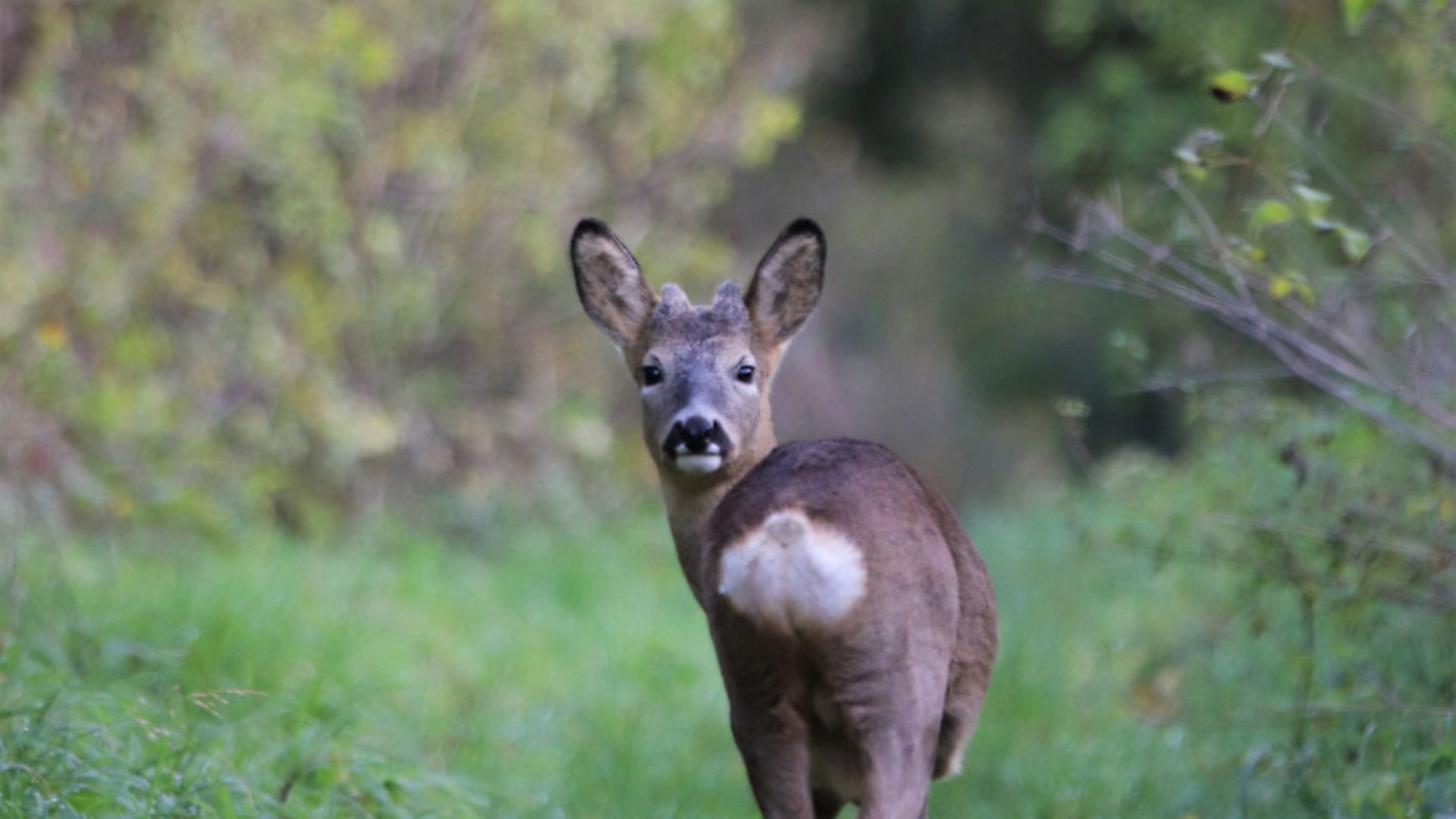 credit: Getty Images/iStockphoto
credit: Getty Images/iStockphoto
My first encounter with a wild deer is vividly burned in my memory. Summer was gradually creeping into autumn, and I’d spent the afternoon mountain biking through some local woodland. As I followed the track back out towards the open field, I saw him standing there in front of me. To my 11-year-old self, he was truly enormous, towering over me by what seemed like metres. A mature fallow buck, still glorious in his summer coat, was standing less than 30m ahead of me.
I’m not sure who was more afraid at that moment, me or the deer! The pair of us stood there, frozen in a silent juncture of mutual shock and surprise. For just a brief moment, time paused and we stood there motionless, silently daring each other to be the first to break our gaze. At the time, I never realised just how significant those brief few seconds would become, the pair of us transfixed there in the scrub, before he turned and trotted off back deep into the woods. Over 20 years later, the memory is still as clear as day in my mind. It’s a memory I don’t think I’ll ever forget.
Unlike many, I started late when it came to shooting. While my family have a background in fishing and boating, shooting was, for whatever reason, never on the agenda. I was 25 when I fired my first centrefire rifle. Never having stalked before, a now very good friend in Sussex took me out for my first deer, with me wanting to experience stalking for the table. It was with him that I shot my first ever deer, a lovely fallow pricket. It was the first of many.
Since then, I’ve shot five of the six UK species across both England and Scotland and spent some considerable time managing roe, muntjac, fallow and red deer in a variety of environments, from arable land to the forests on the west coast of Scotland. I have also occasionally guided and assisted others with achieving their very own first deer, something which has brought me great joy and a sense of achievement – perhaps an even greater sense than stalking for myself has. After all, it is one thing to get yourself and accompanying kit into position to take a successful shot; it’s a whole other ball game to do the same with another person in tow.
These days, I stalk fairly regularly, endeavouring to get out at least weekly – mostly managing fallow deer, but my true up-close experience lies with roe and muntjac deer, with a particular fondness for the muntjac.
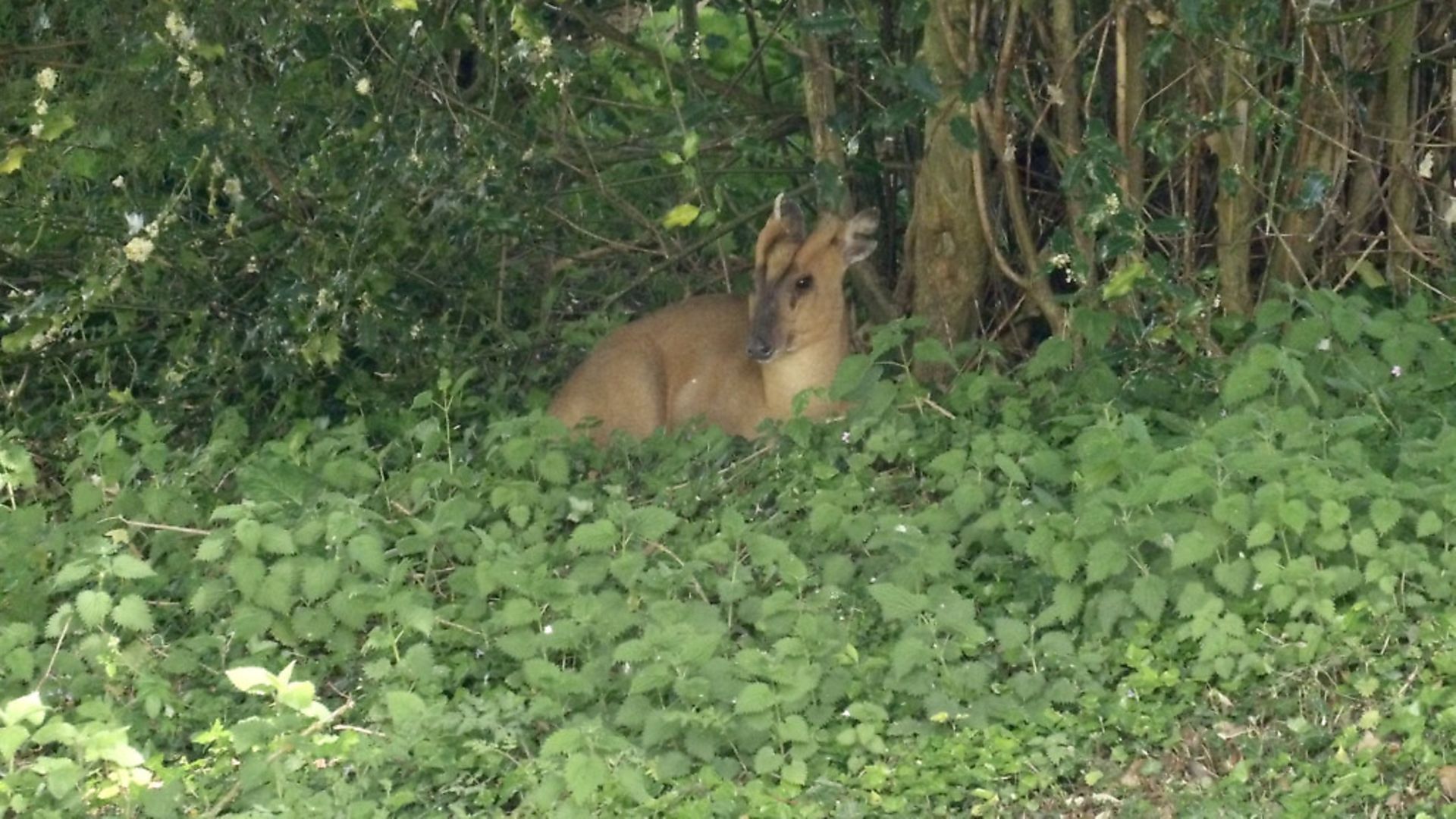 credit: Archant
credit: Archant
In the Beginning
Our ancestral hominids have been hunting game for the last two million years, beginning when our ancestors took the leap from scavenging leftovers found on the ground to actively pursuing their own quarry.
Mankind, it can be said, has truly hunted since the dawn of time – with the ability to track and hunt game being one of the most primitive skills of early intelligent humans. It is believed that early humans learned to hunt before they even learned to cook their quarry on fires. Yes… hunting predates fire.
Lately, I have noticed a steadily increasing trend in the UK for shooting the biggest deer, the most deer and at the greatest distance, all while using the latest cutting-edge kit. While there is certainly a very important place for well-coordinated, large-volume culls, and for long-distance shots coupled with the use of thermal imaging equipment, one has to wonder if the introduction of such technology and specialist kit is taking the skill out of the stalk.
What with many newcomers to stalking falsely believing that this high-tech armoury of gadgets is the norm when it comes to necessary equipment, it does suggest that the subtle art of understanding and getting close to wild deer is vulnerable to fade into the history books.
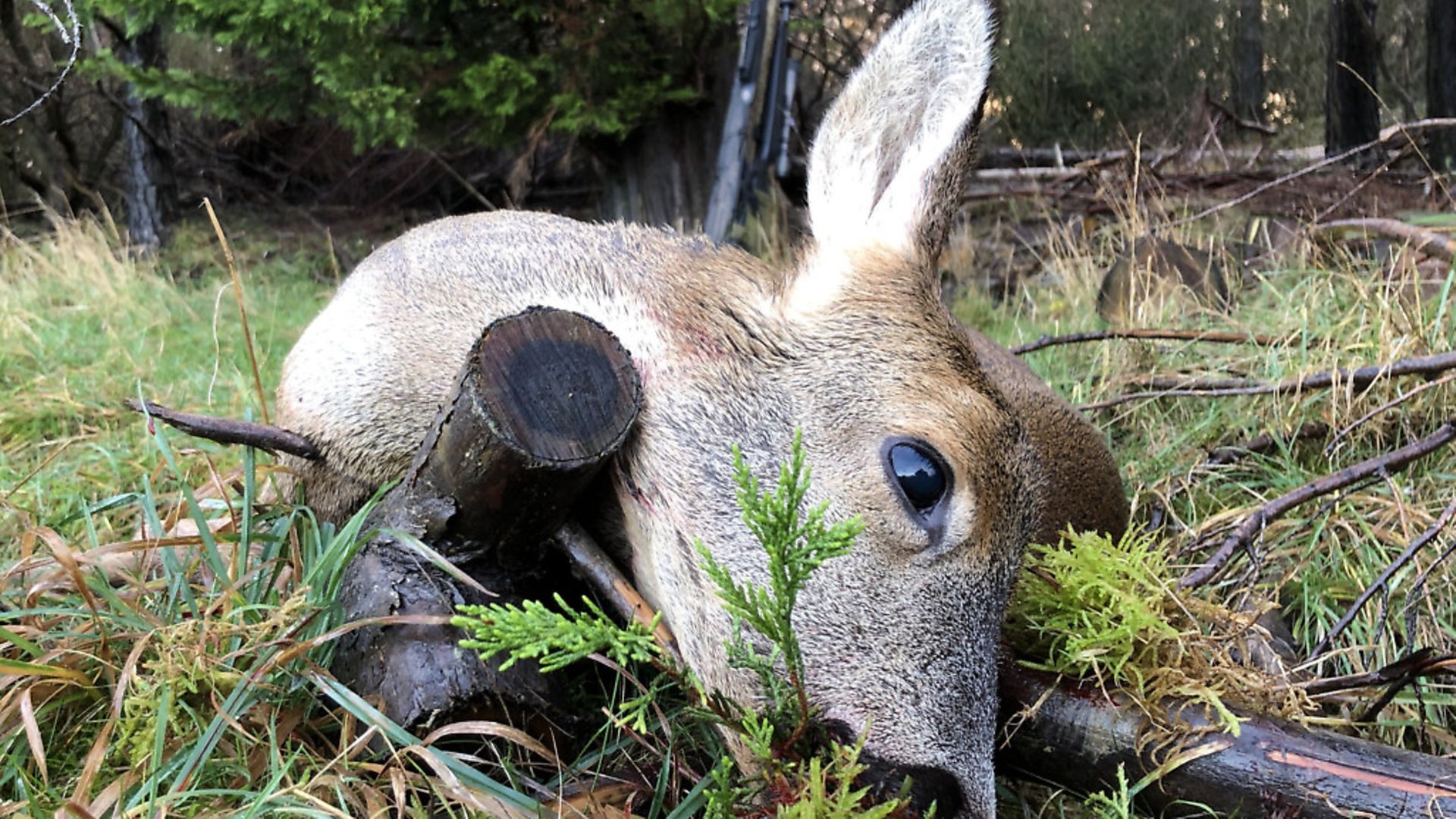 credit: Archant
credit: Archant
Why?
I recently read the book Think Like A Fish by Jeremy Wade of River Monsters TV fame. One quote stood out to me for its direct relevance to stalking: “We spend our waking hours constantly looking and observing, in a semi-automatic way… But there’s also a lot of peripheral information that we take in below the level of consciousness. This information comes from all our senses, and may include things such as the smell of the air and changes in atmospheric pressure.”
Several years ago, a friend from the city accompanied me to the forest to forage for wild mushrooms. While beneath the canopy of the trees, I pointed out the game trails, bedding areas, deer slots, and nodded to the points on each ride where the deer would cross. To me, these seemed very basic observations. With fresh slots or droppings, I announced I would be on high alert for deer, as there had been one nearby very recently. This was not a forest in which I usually stalked, but the signs were very clear to me, like reading a book. He, however, could not see them. Turning to me, puzzled, he asked, “But how do you know all this? How do you know where to look?” I shrugged, realising I couldn’t really verbalise it. I couldn’t explain. “I just do,” I replied.
This was some time ago now, but it is a question which had me stumped for a considerable amount of time, running it over and over in my head… “But how?” I’ve concluded that it is not necessarily something we learn, but something we simply need to remember to pay attention to. We’re pre-programmed to notice these things: the grass that has bent unnaturally as an animal has previously passed through; the twig that has snapped; the colouration of the tree line, with the unusual shadow breaking up the outline of the trunks; the subtle change in odour on the breeze; the uncharacteristic rustle nearby. All these things, which are laid out and processed by our unconscious mind, spit out a conclusion for us – there is an animal nearby.
We are genetically pre-programmed to think this way: to pick out patterns while deciphering a kind of perpetual spot the difference in our surroundings. Without this ability, our ancestors would have starved. We just need to remember to listen to our subconscious, and let it do the work for us. This is not something we learn because it’s something we’re already doing. We simply need to practise listening and actually paying attention to what our brains have already picked up on.
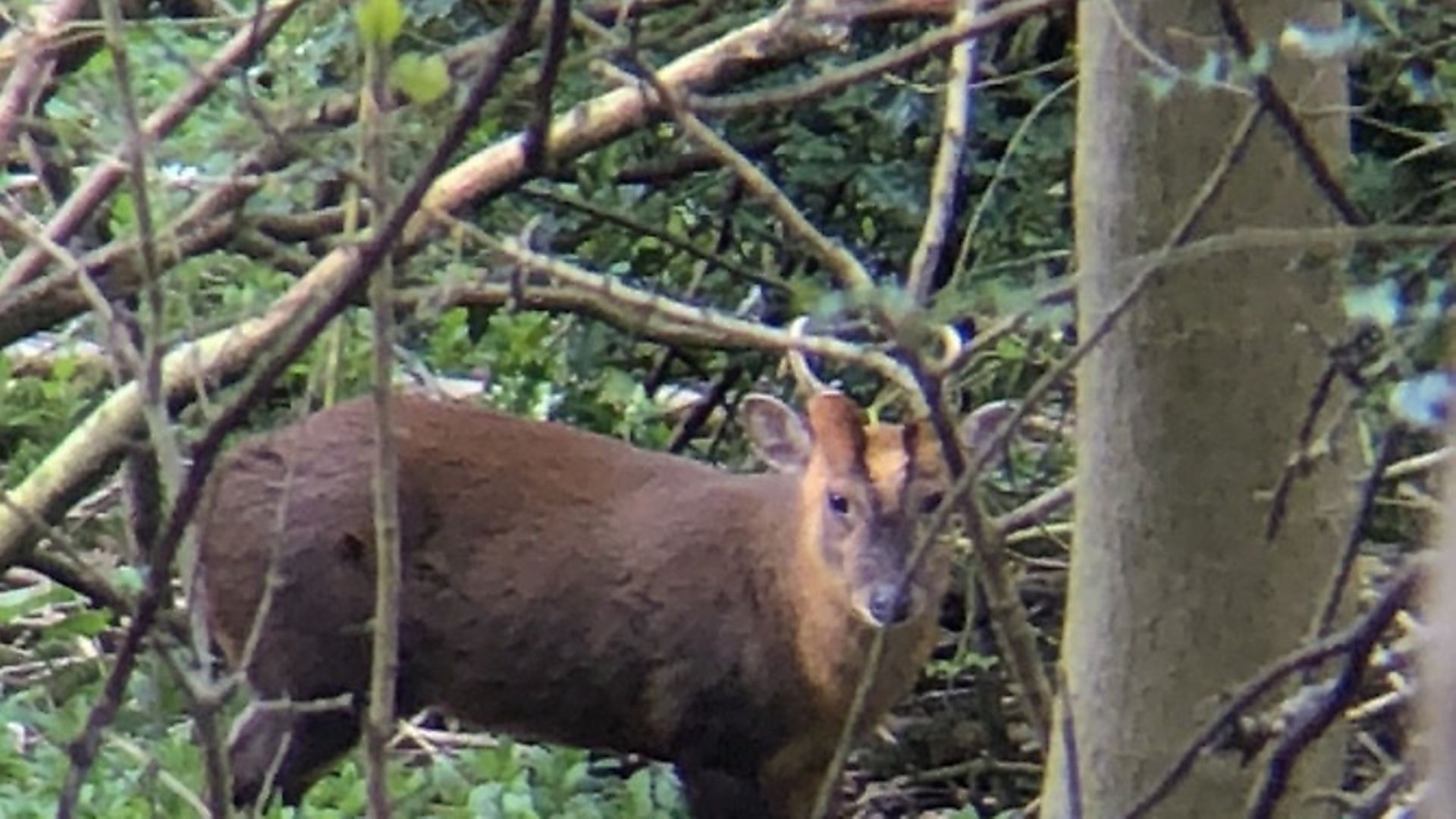 credit: Archant
credit: Archant
Muntjac
I am fortunate enough to live in an area with a considerable number of muntjac. I’ve even given them names, I see them that frequently. These deer are not tame, despite what some people think when I say, only semi-jesting, “I’m going out to sit with my deer.”
I’ve spent hours sitting in the woods with the muntjac, on occasion sitting within six feet of a mature buck as he sat in the holly beside me, making noises which can only be compared to a gentle and content mewing sound. On that day, I sat with three different muntjac, each of them fairly relaxed with my presence. I’ve walked directly up to them in the field, and even had one sneak up behind me and bark in my ear as I photographed his buddy in the bushes!
I hear the echoes of my friend’s question repeated often, “But how?” Contrary to popular belief, I don’t for a minute believe I possess some sort of supernatural Dr Doolittle powers. Instead, I believe that the hours I’ve spent in the woods alone, with no rifle and no pressure, has enabled me to truly notice the habits of the deer. When you spend so many hours in the company of deer, you very quickly begin to pick up on the scents, the way the landscape changes with the presence of deer – and how quickly it returns to normal. For a hunter, these are the things we can use to our advantage. If we know that the harsh squawk of a crow alerted to our presence will only momentarily spook a deer and, within a half hour or so, the animal is likely to return once you sit down, then we needn’t worry too much when we see the little white tail bounding off into the undergrowth: we know he’ll be back.
No need to find a new spot, just sit and wait quietly. But we only know this because we’ve seen it before. Just as we know that if he runs a short distance and then begins to bark, we may be able to call him back out. In my experience, muntjac don’t go far unless they’ve been genuinely frighted. Frequently, they’ll dart away nearby, and creep out when they feel brave enough to take a closer look at this intruder in their territory, or just to check that the coast is clear.
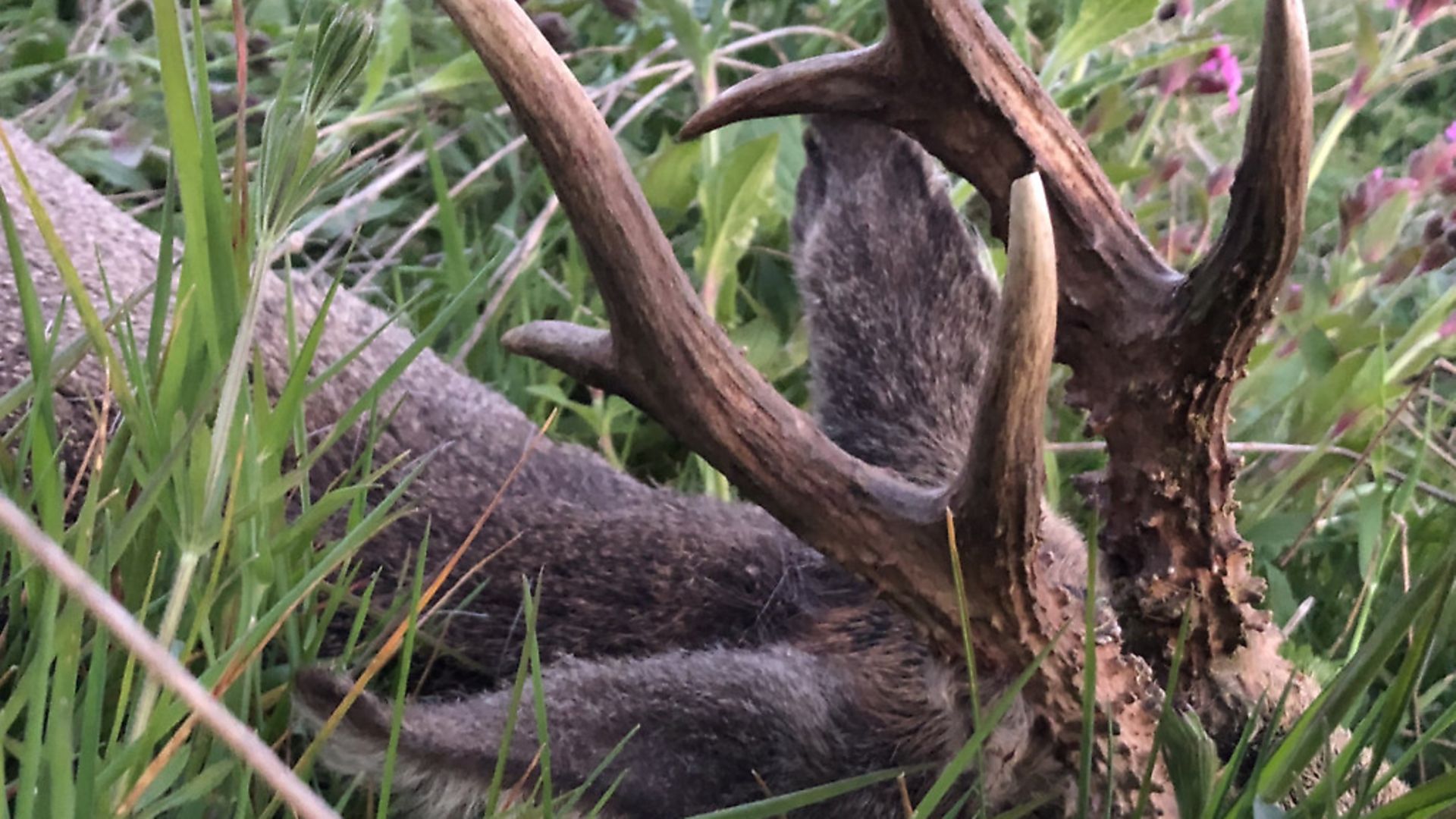 credit: Archant
credit: Archant
Prey and practicalities
As we know, deer are a prey animal. Large, wide eyes situated on the side of their heads, constantly alert and scanning for danger. Their first instinct to any threat is to run away. Deer are inherently curious, though. It is important to realise that startled and frightened are not the same thing. A startled deer will usually return cautiously to investigate exactly what it was that spooked it in the first place; a frightened deer knows what he’s afraid of, and actively avoids it. Like us, deer have a pre-programmed subconscious, and when we can observe their behaviour for prolonged periods of time, without the pressure of a shot to take, our own subconscious begins to work with this information, forming a bigger picture.
So, what does this mean in practical terms? The main thing I’ve learnt about getting close to deer is that it is not specifically people they are afraid of; they’re afraid of being killed: ergo, they are afraid of predators. This, for the most part, means they are afraid of how we behave. If we’re creeping about in the shadows, and they can see movement or scent but can’t see us, they’ll often bolt because we’re acting like a predator.
Yet, somewhat inconceivably and counterintuitively, I have found that should you just walk up to a deer as though you’re thoroughly disinterested, the deer will often be indifferent to your presence. It’s as if he can see you, and has decided your behaviour is not threatening. So, he’ll remain aware, but not alarmed, about your presence. Or perhaps he’ll be so puzzled by what you’re doing that he’ll just stand there confused! The same is true for when carrying out other activities, such as cycling or photography. Somehow, the deer just don’t seem to mind you being there when your attention is not specifically focused on them. If they can see and smell you, sometimes the only thing you can do is act like you don’t actually care about the deer. Regardless of the reasons why, this blatant approach has allowed me to get within five or 10 metres of wild deer many times, and has yielded success on several occasions when out with a rifle.
I like to think of it as having two choices when stalking: we can either remain completely unseen, unheard and unscented; or we can be seen to be completely unthreatening. Leaving the rifle at home and heading out to practics your interaction with wildlife is perhaps the best, if not the only, way to start to understand and begin to pick up on these little nuances in the field, and to practise your craft. Not to mention the sheer amount of behaviour you’ll find yourself witnessing that, had you taken the rifle out and taken a shot, you’d likely have otherwise not experienced.
With practice, you will quickly find yourself able to predict and pre-empt the behaviour of the deer, to get closer and for longer, which will give you the upper hand when it really matters – as your finger reaches for the trigger. This is something that cannot be taught; it can only be practised.
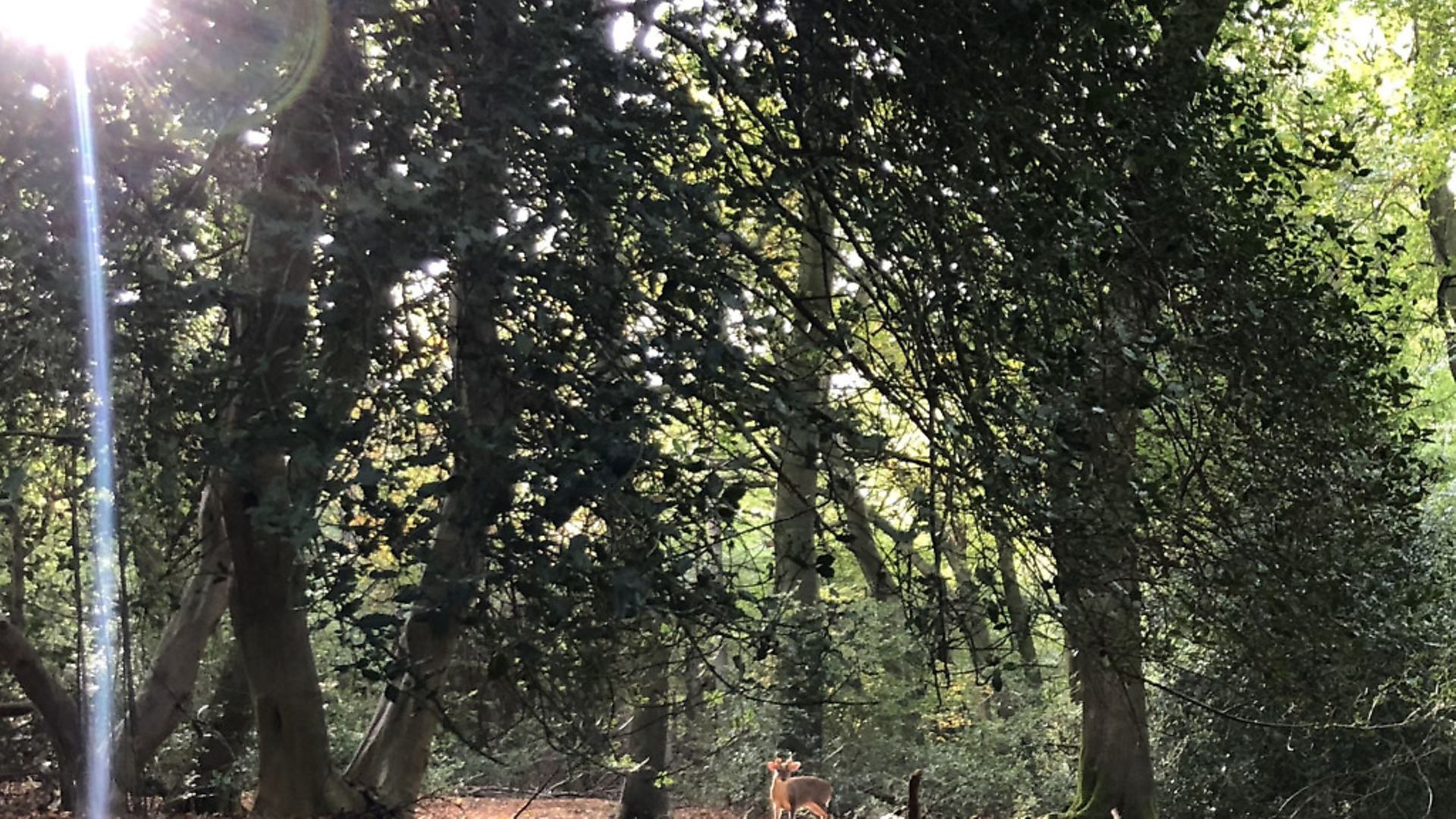 credit: Archant
credit: Archant